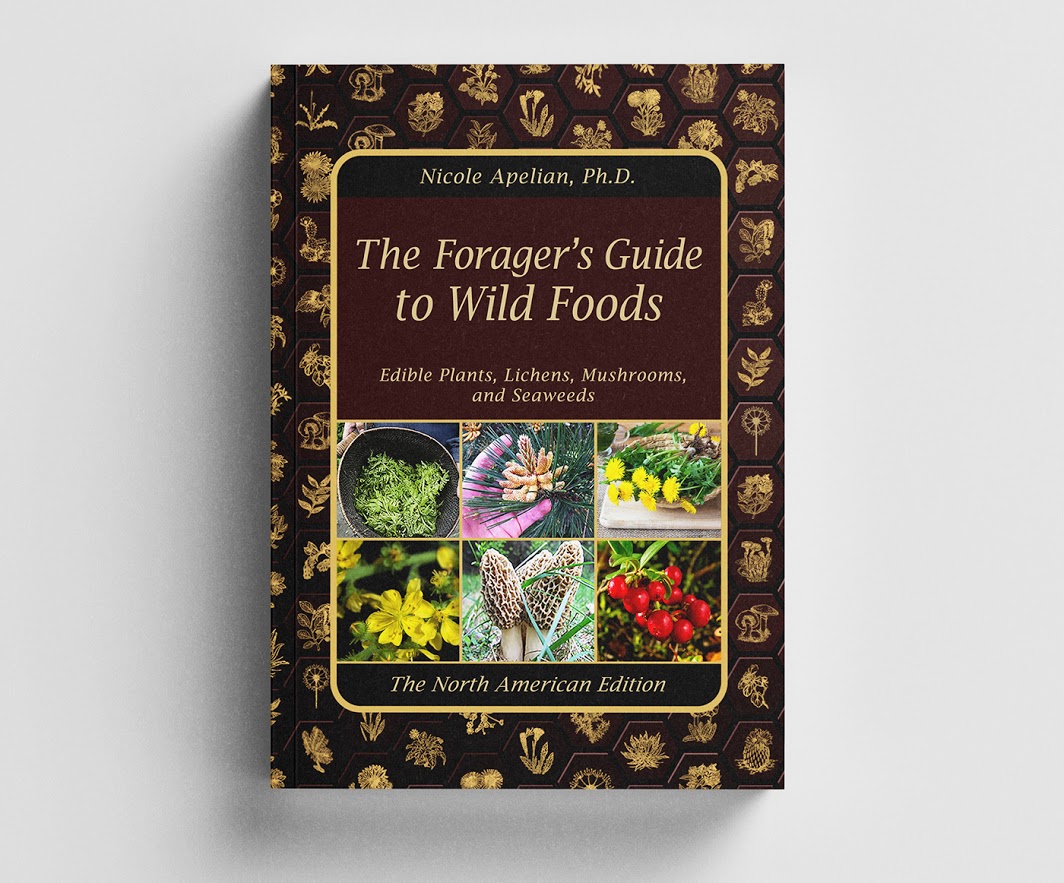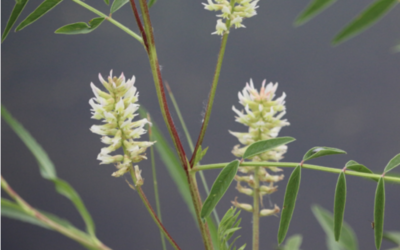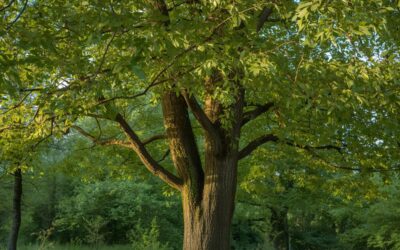A Health-Promoting Superfood
Prized for their rarity and outstanding flavor, morel mushrooms are an exceptional wild food with many medicinal benefits. Popular with chefs and food connoisseurs, these honeycombed-shaped mushrooms are also a favorite for those who are passionate about foraging (like me!). They are rarely farmed and extremely perishable, which explains their high price tag—and why you don’t often find fresh morels for purchase in the market. Foraging is your best bet if you would like to enjoy these unique mushrooms.
Identification and Safety
Whenever foraging for mushrooms, it goes without saying that safety is the top priority. Poisonous look-alikes include: False Morels (Gyromitra spp. and Helvella spp.) and Early Morel (Verpa bohemica). Always cook morel mushrooms as they can create gastric upset when eaten raw. As I wrote in Discover the Joy of Wild Foods, Foraging, and DIY Spore Prints:
… before consuming any wild plant, make absolutely certain it is not poisonous. If you are the least bit unsure, consult a reputable expert. This is crucial, especially with wild mushrooms. I recommend you find an experienced mentor if you’re just starting out. A good field guide is also necessary as it will help you to properly identify and learn about new plants. And make sure to educate yourself about the dangerous species native to your area before heading into the wild to forage.
In my new book, The Forager’s Guide to Wild Foods: Edible Plants, Lichens, Mushrooms, and Seaweeds, I include detailed descriptions for identifying three popular species of morel: Blushing, Common or Yellow, and Thick-Stemmed.
Blushing (Morchella rufobrunnea). Growing in a variety of habitats during springtime, blushing morels prefer wood chips, compost heaps, and disturbed ground. The cap is 2.4-4.7 inches (6-12cm) long, 0.8-2 inches (2-5cm) broad. It is conical to egg-shaped and patterned with large, vertical, honeycomb-like pits and ridges. Ridges begin as a whitish color, then develop into a yellowish-brown hue. The pits are dark brown in the beginning, then pale to a yellowish brown as the mushroom matures. The stem can grow up to 0.8 inches (2-8cm) tall.
Common or yellow (Morchella esculenta). Found abundantly east of the Rocky Mountains, common morels fruit in early spring. It grows across a variety of habitats, but prefers the soil beneath hardwoods and fruit trees. The cap measures 1.6-4.3 inches (4-11cm) tall, 0.8-2.5 inches (2-6cm) wide and is conical to oval in shape. It has a pattern of narrow ridges and irregular honeycomb pits. The color ranges from whitish-yellow to yellowish-brown. The stem can grow up to 4.7 inches long.
Thick-stemmed (Morchella snyderi). Appearing between April and June throughout the Rocky Mountains and regions of the Pacific coast, thick-stemmed morels grow on the soil around confers. Unlike other types of morel, it does not grow on recently burned areas. The entire lichen is edible and the cap measures 1.4-3 inches (3.5-8cm) high and 1.2-2 inches (3-5cm) broad. The shape is conical to oval. The honeycomb ridges and pits are vertical. It is a yellowish color when young, then turns a grayish-brown to black as it ages. The stem grows up to 2.8 inches long.

Cooking with Morels
Highly sought-after, use morels in simple recipes that allow their unique, nutty flavor to shine. Just make sure when you clean the mushrooms you slice them in half to check for insects.
Recipe
Morel Cream Sauce. Ingredients: 1⁄4 cup shallots (minced), 1 tbsp. butter, salt, 1⁄4 cup dry white wine, 1 handful of fresh morels (halved), 6-8 oz. (170-230g) cream, lemon juice, pepper. Sauté shallow in butter with salt. Add wine and simmer until it has reduced by two thirds. Add morels, cream, lemon juice, and pepper. Cook on medium-low heat for 5 min. Serve with pasta or meat.
My Top 3 Medicinal Uses
Inhibits cancer growth. Polysaccharides from Morchella esculenta were shown in vivo to “inhibit the proliferation and growth of human colon cancer HT-29 cells in a time- and dose-dependent manner within 48 h.” Moreover, this study found that common morel mushrooms effectively scavenge free radicals and discourage lipid peroxidation, leading to reduced cellular damage and cancer. The team concluded that “the morel mushroom mycelium is an excellent source of antioxidants which are capable of imparting protection at different levels. The findings suggest the potential therapeutic use of morel mushroom, M. esculenta mycelia as an efficient antioxidant.”
Encourages immune health. Research published in Food Chemistry Toxicology found that a polysaccharide compound extracted from Morchella angusticeps Peck enhances the immune system and possesses anti-inflammatory properties. Another study discovered that a water-soluble polysaccharide extracted from wild morel mushrooms acts as a prebiotic and improves the gut microbiota, thereby positively influencing immune health.
Antimicrobial action. A study of two wild morel species, Morchella esculenta and Verpa bohemica, from the Kashmir valley explored the effectiveness of the mushrooms against pathogens. The researchers found that extracts from both species were successful in reducing the growth of E. coli and exhibited excellent antifungal activity against A. fumigatus.
Morel Mushrooms and Other Medicinal Wild Foods in My New Book
Learn more about morel mushrooms and over 400 medicinal and edible wild foods in my new book, The Forager’s Guide to Wild Foods: Edible Plants, Lichens, Mushrooms, and Seaweeds.
This wild food guide covers a wide-range of plants across North America. Each entry has an introduction, a range map, edible uses, common medicinal uses, poisonous look-alikes, a description of the flowers and leaves for ID, excellent color photos, harvesting instructions, and a simple recipe. We went through great lengths to print this book in color with HUGE pictures for each plant to make it easy to identify.
To purchase, tap here and scroll to the bottom of the page, then select “Physical & Digital Product” – the middle button – to get your copy today!
Nicole Apelian





